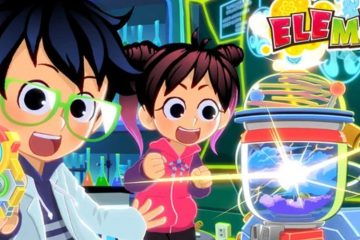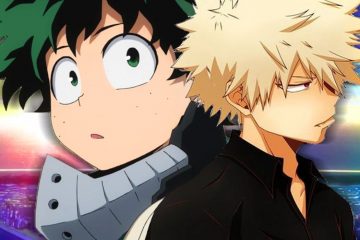Akira Toriyama’s Dragon Ball has confidently lasted the test of time, yet 1996 was a controversial year for the franchise with Dragon Ball GT’s debut. Developed as a sequel series to Dragon Ball Z, Dragon Ball GT received minimal involvement from Toriyama and was largely championed by Toei Animation. Dragon Ball GT was designed to harken back to the more playful and light-hearted adventures of the original Dragon Ball and the anime goes so far as to even transform Goku back into a child through a rogue Dragon Ball wish. This pivot lost many fans and Dragon Ball GT remains the shortest Dragon Ball series to date, with only 64 episodes.Dragon Ball Super’s alternate version of events has also led many to believe that Dragon Ball GT isn’t even part of the franchise’s official canon and that it’s meant to be viewed as more of a fascinating “What If?” alternate timeline. Dragon Ball GT admittedly takes some time to find its footing, but it’s hardly absent of creative and rewarding ideas. Set five years after Dragon Ball Z’s ten-year time-skip Peaceful World Saga epilogue, Dragon Ball GT finds a lot of value in exploring older versions of its classic characters. Not everything in Dragon Ball GT works, but there are actually several characters who it does justice that receive better treatment than they did in Dragon Ball Z.Bulla looks like the spitting image of Bulma and her passion for shopping definitely feels appropriate to her character. Vegeta cares about his son, Trunks, but he applies a stern attitude to his parenting, which typically translates to aggressive training. It’s an entertaining change of pace to see Vegeta take the opposite approach with Bulla where he dotes her with affection and even lets her call many of the shots when they’re out together. There’s also a brief run of episodes where she, like most of the Earth’s population, is infected by Baby and she and her father cause trouble in tandem.
Akira Toriyama’s Dragon Ball has confidently lasted the test of time, yet 1996 was a controversial year for the franchise with Dragon Ball GT’s debut. Developed as a sequel series to Dragon Ball Z, Dragon Ball GT received minimal involvement from Toriyama and was largely championed by Toei Animation. Dragon Ball GT was designed to harken back to the more playful and light-hearted adventures of the original Dragon Ball and the anime goes so far as to even transform Goku back into a child through a rogue Dragon Ball wish. This pivot lost many fans and Dragon Ball GT remains the shortest Dragon Ball series to date, with only 64 episodes.
Dragon Ball Super’s alternate version of events has also led many to believe that Dragon Ball GT isn’t even part of the franchise’s official canon and that it’s meant to be viewed as more of a fascinating “What If?” alternate timeline. Dragon Ball GT admittedly takes some time to find its footing, but it’s hardly absent of creative and rewarding ideas. Set five years after Dragon Ball Z’s ten-year time-skip Peaceful World Saga epilogue, Dragon Ball GT finds a lot of value in exploring older versions of its classic characters. Not everything in Dragon Ball GT works, but there are actually several characters who it does justice that receive better treatment than they did in Dragon Ball Z.
Bulla looks like the spitting image of Bulma and her passion for shopping definitely feels appropriate to her character. Vegeta cares about his son, Trunks, but he applies a stern attitude to his parenting, which typically translates to aggressive training. It’s an entertaining change of pace to see Vegeta take the opposite approach with Bulla where he dotes her with affection and even lets her call many of the shots when they’re out together. There’s also a brief run of episodes where she, like most of the Earth’s population, is infected by Baby and she and her father cause trouble in tandem.
#DBZ #Characters #Dragon #Ball
Note:- (Not all news on the site expresses the point of view of the site, but we transmit this news automatically and translate it through programmatic technology on the site and not from a human editor. The content is auto-generated from a syndicated feed.))



